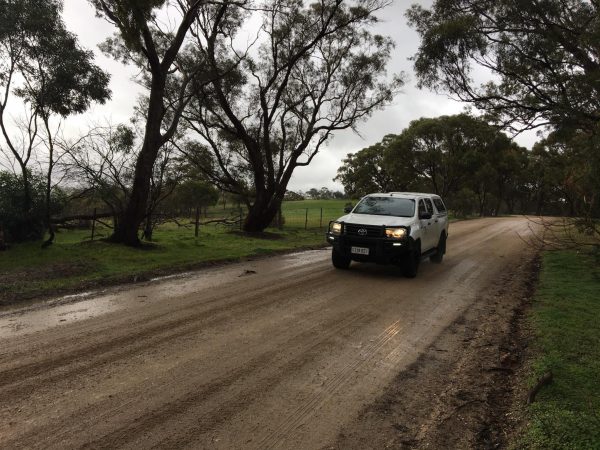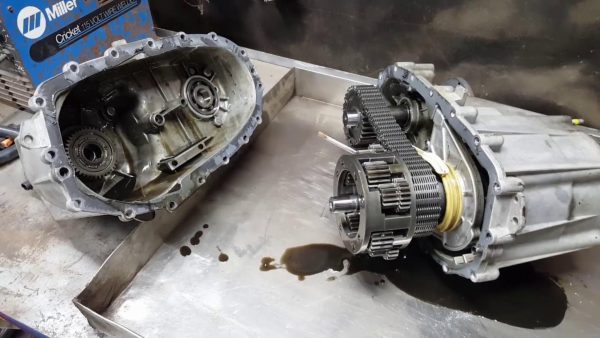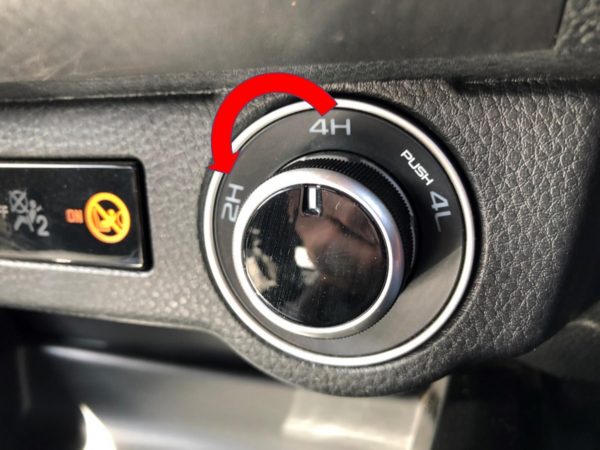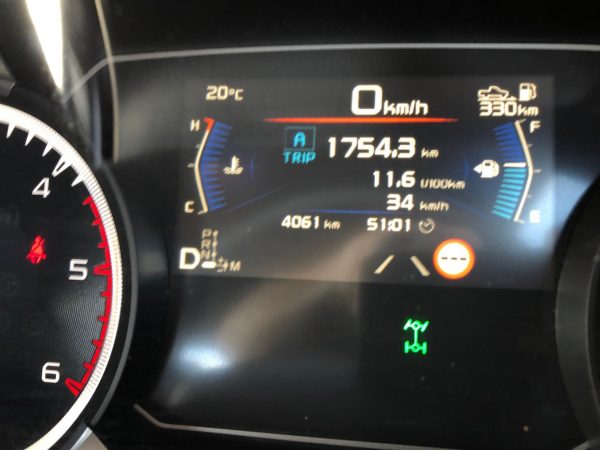In the last episode of our Part-Time discussion, I promoted the use of 4H on the dirt. I think it is the safest thing you can do to enhance a vehicle’s safety on loose surfaces and especially so when coupled to a subtle reduction in tyre pressure (but that will be a discussion for another time). It is all about grip, and the more wheels that are hooked up to the driveline the better and that’s why the world’s-best rally cars these days are all AWD/4WD.

My last paragraph in Part One talked about returning to the bitumen at day’s end and the need to deselect in turn, each of the 4WD ranges. That’s 4L>4H>2H.
But what happens if some late-afternoon brain-fog gets in the way and the 2H selection is missed once you’re on the bitumen?
I can speak from experience here and if there’s anyone out there who’s owned a 4WD for any length of time and won’t admit to making this mistake, I reckon you’re fibbing!
If that bitumen road is straight you likely won’t pick any real difference, but as soon as the corners emerge, look out!
Remember this para…
“Travelling in 4WD in a straight line everything is lined up and receiving equal dollops of energy. Turn a corner and that isn’t the case thanks to the differential effect. Essentially, when you turn a corner the wheels on the inside radius of the bend have a lesser distance to travel compared to the outside and that means wheel speeds will differ, left-to-right and front-to-back. On a loose surface that’s alright because any tension can be spun out, but on a hard surface not-so and with each successive change in direction you’re adding more and more stress until eventually, something goes bang!”

Before the big-bang moment occurs, you might get a chance to fix the problem.
An astute driver might notice a couple of things, firstly that the vehicle starts to slow, almost like someone’s pulled the handbrake on, as there’s the resistance between the front and back ends.
You might hear on a tight turn that the tyres squeal on the bitumen and the vehicle crabs around the corner or simply stops dead in its tracks because the tension is just too great and can’t be released.
Picking any or all of those warning signs will get you the breathing space to act and rectify the situation before going any further and creating any more risk of damage.
Whilst you are still in motion try deselecting 4H and shift to 2H. It likely won’t achieve much more than sending the 2H light into a spasm, flashing incessantly in what I call the “wanker” mode. But it is worth a try and you might get a clean change.

If you’re near some dirt, get on it. The mere shift from a hard surface to a loose surface can be enough to release the tension courtesy of a bit of wheel-slip and extinguish the light reminding you of your new-found status as a forgetful-driver!
If the dirt technique isn’t obliging at first, try giving the accelerator a boot-full (modest-not-mental amount) of revs and come off the go-pedal just as quick, that might get the disconnect we’re seeking. If not and old-mate is still flashing, try some side-to-side movement with the steering wheel whilst you’re rolling along on the dirt at a slow speed. What we want is some changeable wheel speed that might promote a momentary loss of grip and a release of the tension.
That will usually fix an electronic selector’s reluctance to oblige, but if it’s being really recalcitrant, stop, pick up reverse gear and back down the road a way until the light goes out, confirming you’re leaving your manhood alone now.

In the next instalment, I’ll pursue some coming changes in part-time technology that I think I’ve gleaned from the recent release in Thailand of Isuzu’s 2022 MU-X wagon. It’s an evolution long-overdue and borrowing technology that’s tried and proven.






GIPHY App Key not set. Please check settings